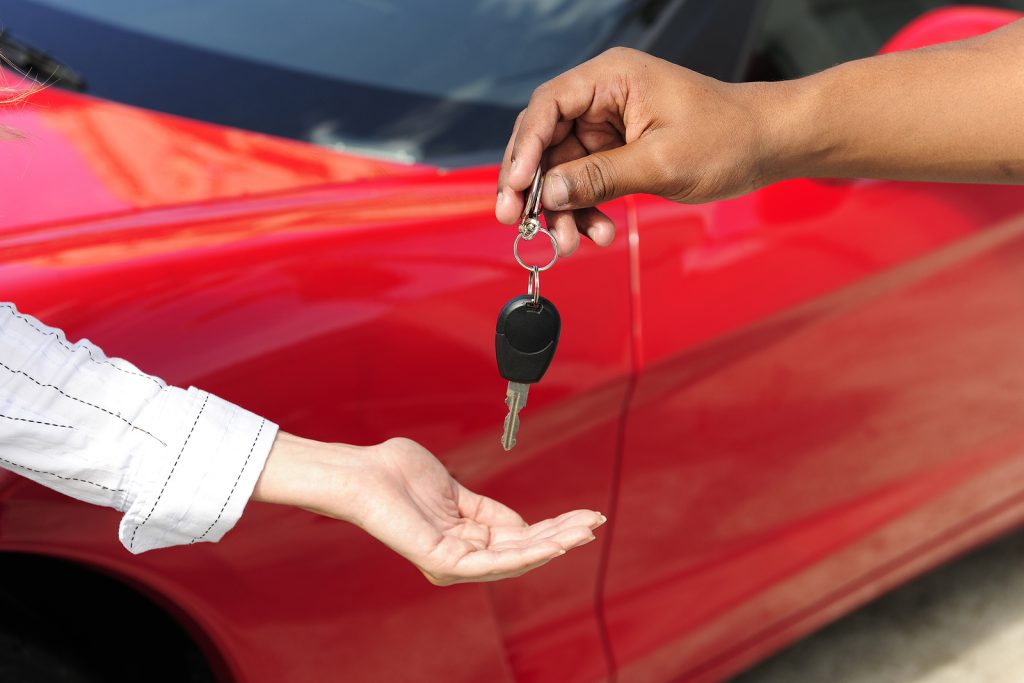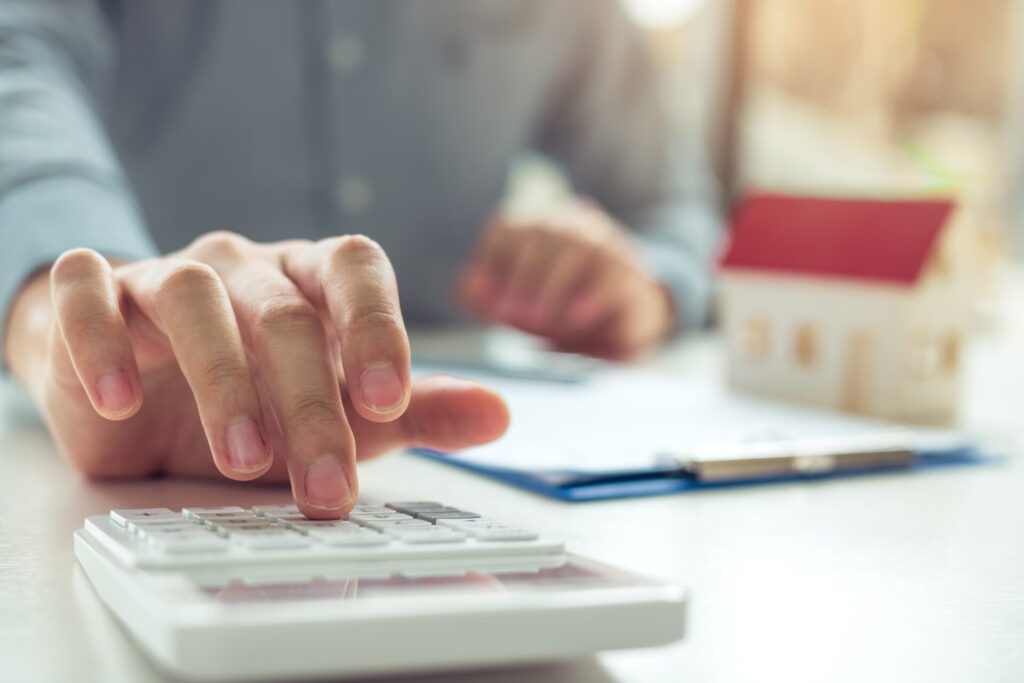What is an Automatic Stay?
An automatic stay is an injunction that is imposed immediately after a bankruptcy case is filed that temporarily prohibits creditors, collection agencies, government entities, or others from beginning or continuing to pursue legal action against a debtor or the debtor’s property. All efforts to collect a debt, such as garnishments, foreclosures, repossessions, and lawsuits, must cease until further notice.
How Does an Automatic Stay Work?
An automatic stay is initiated as soon as a bankruptcy petition is filed. Creditors automatically cease collection attempts, and a court order is legally enforced. Collection attempts that occur after an automatic stay will be entered null and void.
Creditors who intentionally violate an automatic stay will be required to pay damages to the debtor, which include potential attorney fees and other costs. The court may also order punitive damages, which, while rare, would serve as a deterrent to the creditor for similar behavior in the future.
Automatic Stay in Chapter 7 vs Chapter 13 Bankruptcy
As stated, an automatic stay is immediately initiated upon the filing of Chapter 7 or Chapter 13 bankruptcy. It offers the same benefits in both types of bankruptcy, but the length of time that the stay is active varies slightly.
An automatic stay for a Chapter 7 bankruptcy typically only lasts three to four months, which is the common length of time until the case is discharged.
A stay may be even more useful for a Chapter 13 bankruptcy, which may last 36 to 60 months, because many types of debtor default tend to occur over a longer time period. The longer stay may even result in potential damage to the creditor’s collateral.
How Does an Automatic Stay Help?
An automatic stay is a useful tool for debtors filing Chapter 7 or Chapter 13 bankruptcy, but the help is temporary. Some areas where an automatic stay is helpful include:
- Foreclosure: An automatic stay will halt foreclosure proceedings until the bankruptcy case is closed.
- Eviction: An automatic stay is slightly less helpful for tenants than with homeowners. While relief from eviction will occur for renters, the landlord may still be able to request that the stay be lifted even while the bankruptcy case is active.
- Utility disconnections: While an automatic stay will not erase unpaid utility bills, it can help avoid utility disconnections for at least 20 days.
- Collection of overpaid public benefits: If a debtor was overpaid for benefits, such as Medicare or unemployment, a stay will prevent creditors from garnishing that overpayment. However, it will not stop the paying agency from correcting the overpayment.
- Multiple wage garnishment: An automatic stay offers protection from wage garnishment. Even better, if the debt that warranted the garnishment is erased during bankruptcy, then filing for bankruptcy may stop the garnishment altogether.
What is Not Covered Under an Automatic Stay?
While there are many benefits of the automatic stay, it is not a one-size-fits-all fix for financial woes or insecurity. Here are monetary burdens not addressed with an automatic stay:
- Criminal proceedings: As a matter of federal law, an automatic stay will not protect the debtor from fines or penalties incurred due to the commission of a crime.
- Support actions: An automatic stay will not prevent mandatory child support or spousal support payments from accruing. Child support debt is typically one of the first types of debt that will be repaid through bankruptcy proceedings.
- Pension loans: Despite offering protection from wage garnishment, an automatic stay does not stop employers from continuing to deduct pension loan payments through garnishment.
- Tax refund seizure: The IRS is not allowed to collect tax debts incurred by the debtor or to place a lien on the debtor’s property during a stay. However, it can seize tax refunds.
- Administrative Freeze: An administrative freeze allows a bank the ability to stop a debtor from accessing funds in their account if they owe money to the bank. This may be imposed even while an automatic stay is in effect.
- Multiple filings: If the debtor has multiple bankruptcy filings in a year’s time, then they must prove that the repeat filing is legitimate and not a manipulation of the bankruptcy system.
How Long Does Relief Last With the Automatic Stay?
Typically, the automatic stay is only active when the bankruptcy is open. Creditors do not like automatic stays because they prevent collection efforts and affect collateral.
In certain instances, the Bankruptcy Court will lift or remove the automatic stay. An example of when a stay may be lifted includes if irreparable harm will befall the creditor or if the collateral is at risk. In this case, the creditor may file a Motion for Relief from the Automatic Stay. An order lifting the stay may be imposed if the creditor can deliver a logical and convincing argument to the court.
Once the stay has been lifted, the creditor may take steps according to the specific relief sought through the motion. If granted relief from the stay, a creditor may even foreclose on a house.
However, relief from stay is typically limited to a specific action, not unwarranted permission to collect against a debtor. A creditor may sell a house and apply proceeds towards the loan, but they cannot collect against the debtor personally with a lawsuit for money.
Do I Need an Attorney?
If you have debts that you cannot pay and are becoming overburdened with financial strain, we may have answers that will help you. To take back your financial future, call Holland Law Office today at 970-205-9690 or fill out a contact form to schedule your free strategy session.







